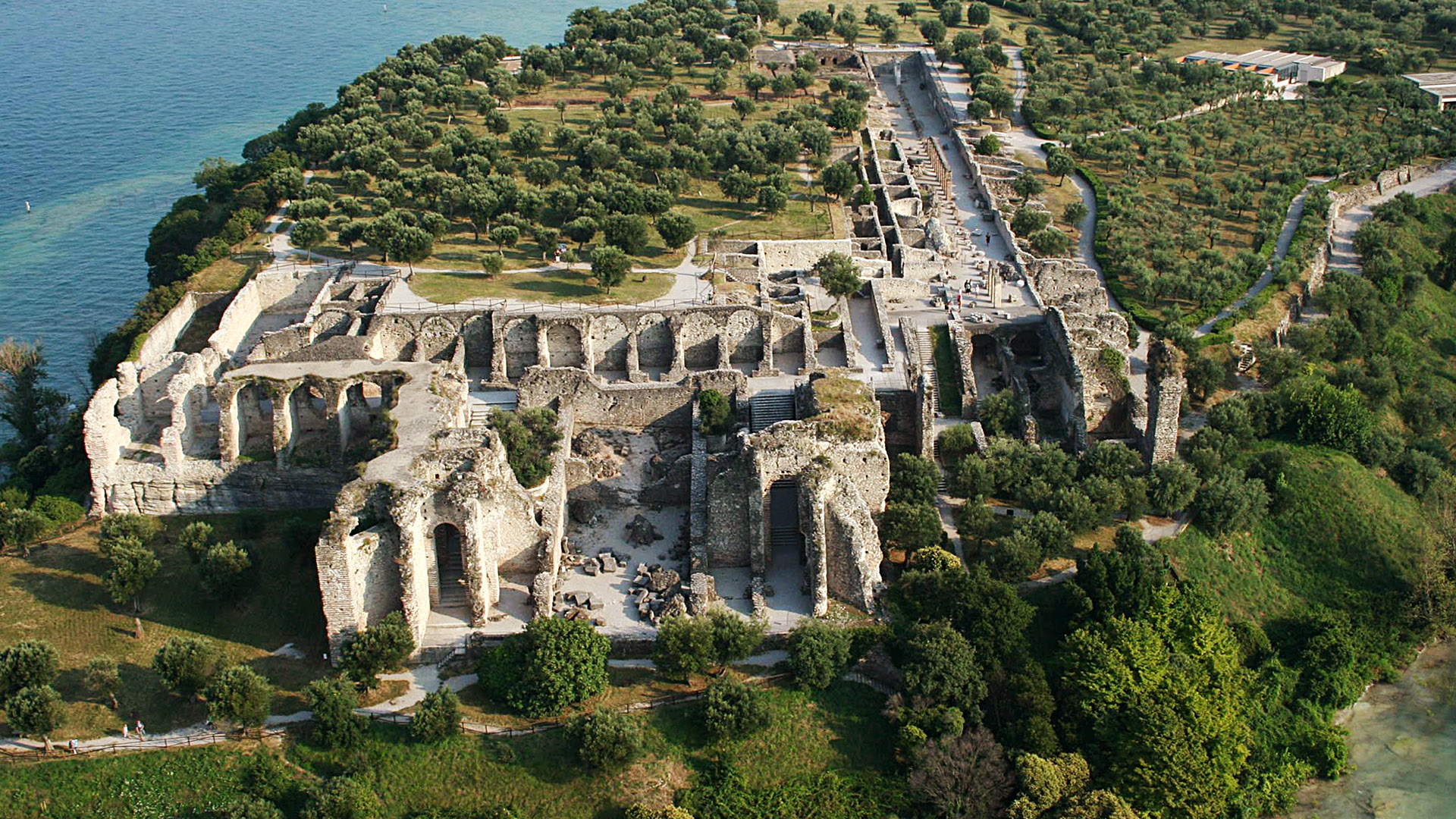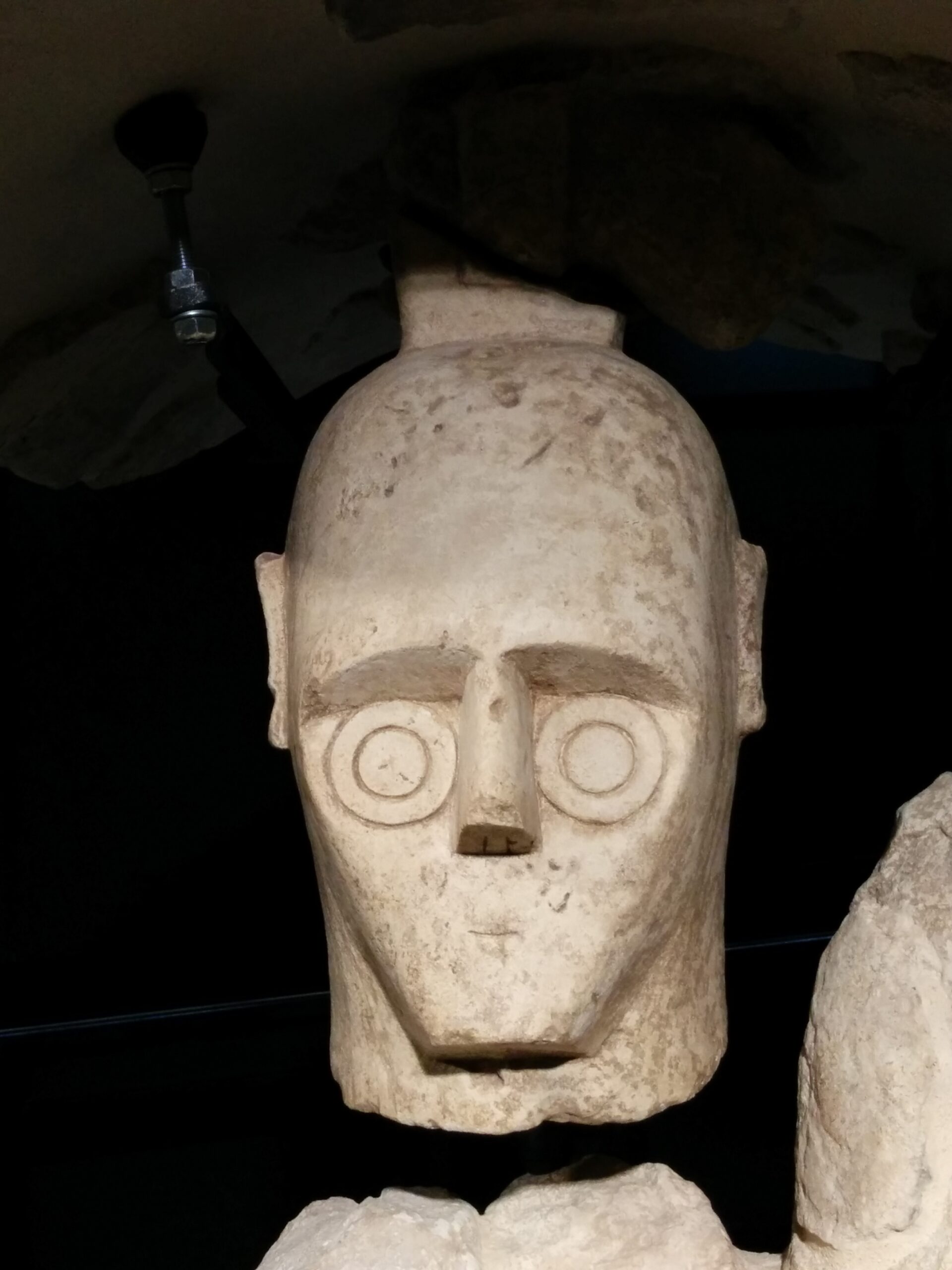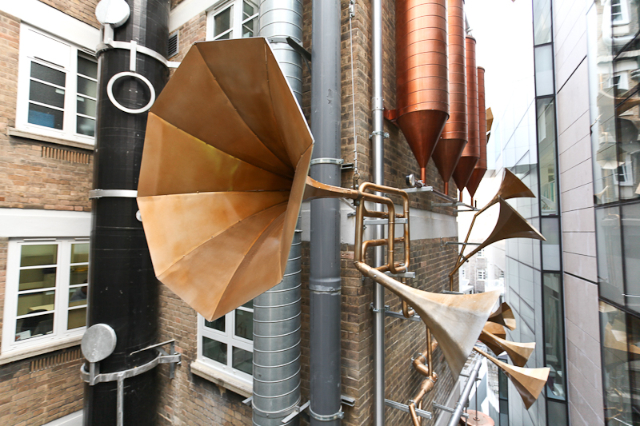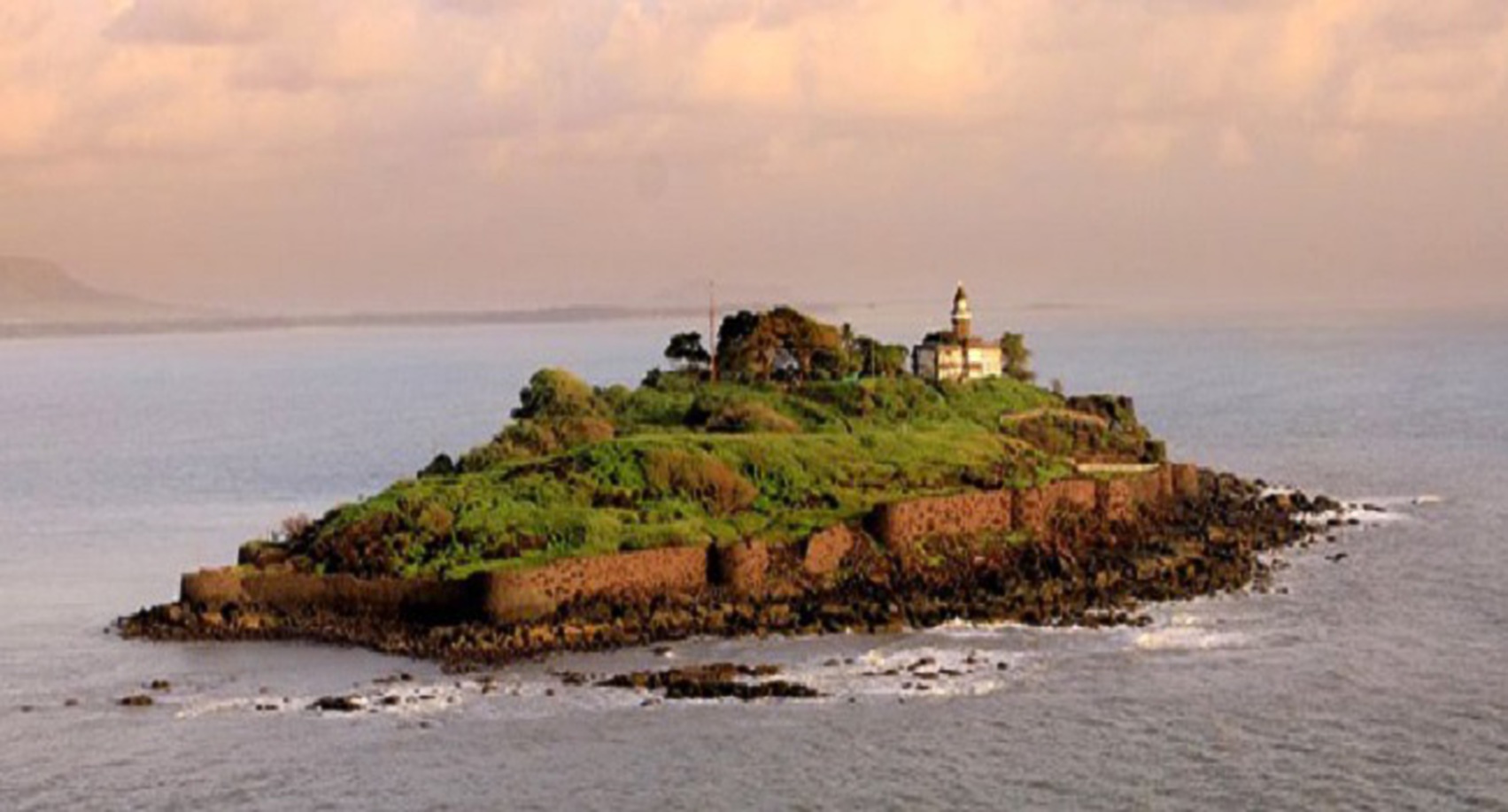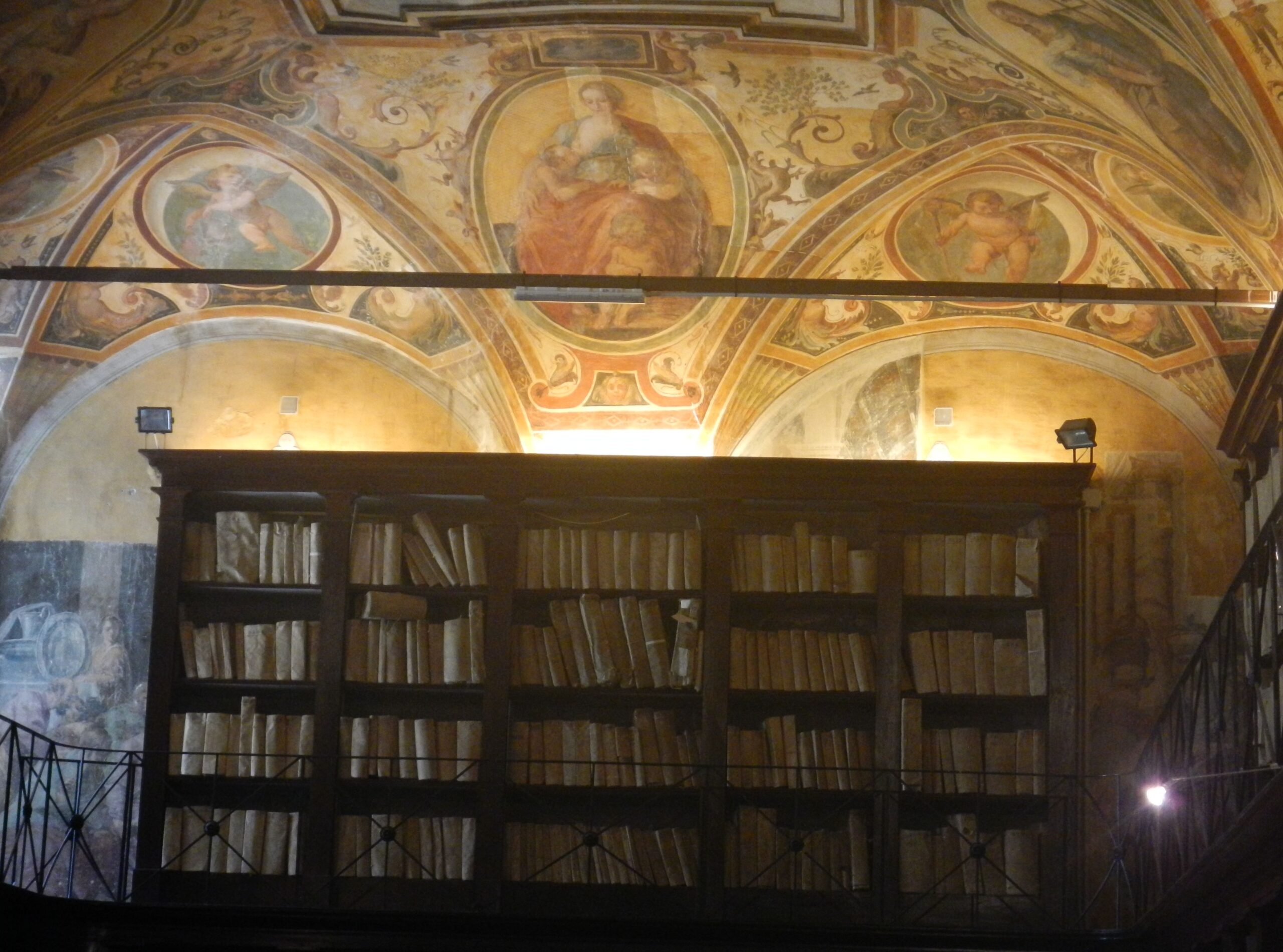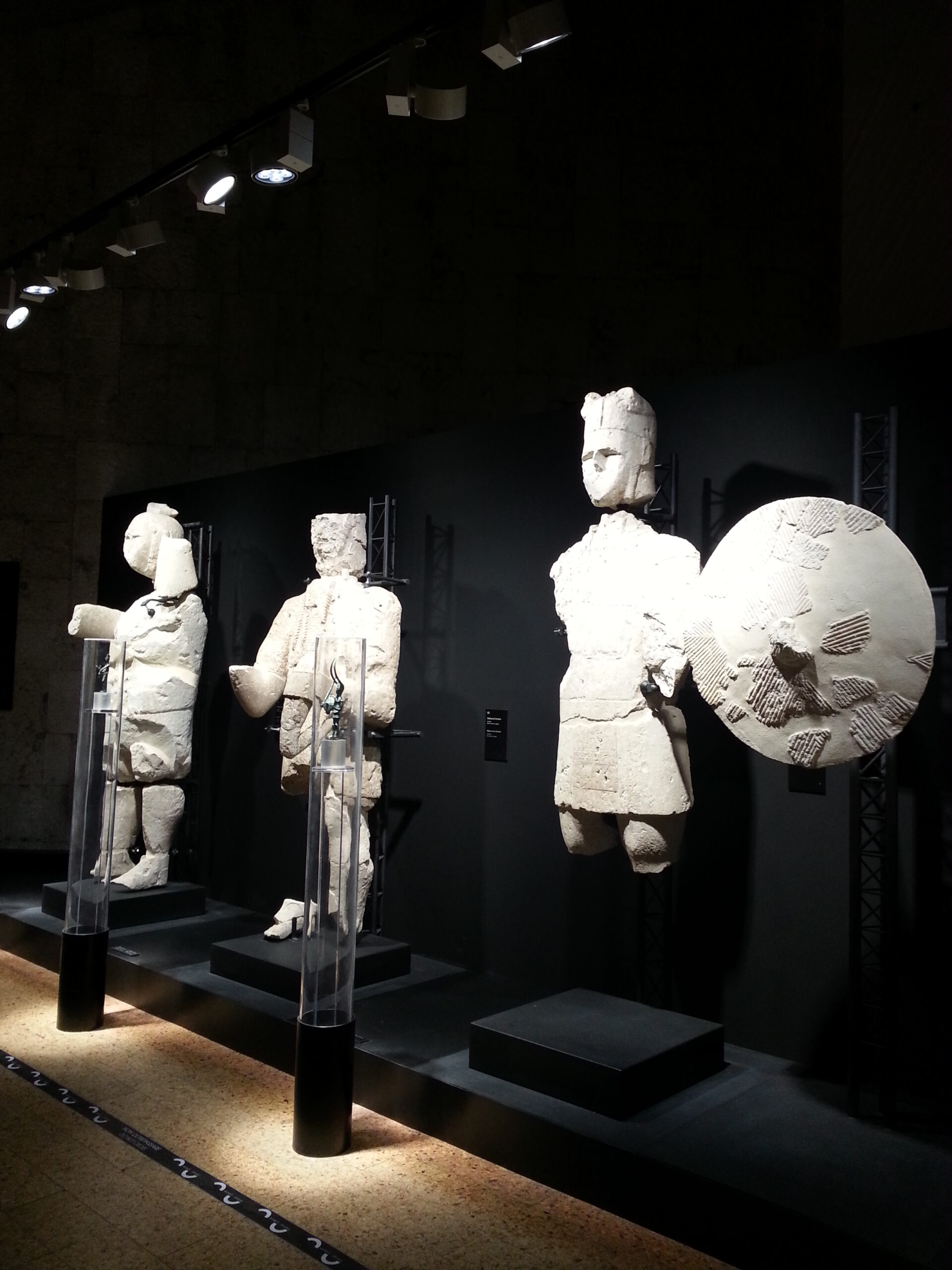With the term "Grotte di Catullo" it identifies a Roman villa built between the end of the 1st century B.C. and the 1st century A.D. in Sirmione. The Grotte di Catullo covers an area of 2 hectares in the province of Brescia, among the olive trees of the extreme edge of the peninsula of Sirmione, on the southern coast of Lake Garda.
They are the remains of a Roman villa on several levels, dating back to between the first century B.C. and the first century A.D. and attributed to Caius Valerius Catullus, an exponent of the Valeri, the wealthy Veronese family that is believed to have owned the house. The name Grotte dates back to the 15th century, when the ruins, partly collapsed and covered by vegetation, took on the appearance of caves.
The villa, re-emerged thanks to the excavations begun in the nineteenth century and the subsequent research by Girolamo Orti Manara, has a rectangular plan with two foreparts on the short sides. The main floor develops around the large garden-peristyle with long terraced corridors overlooking the lake.
Among the ruins you can recognize the Cryptoportico, the large Cistern about 43 m long, the Thermal Area with the swimming pool and other environments with suggestive names, such as the Trifora del Paradiso, the Three Pillars Hall, the Grotta del Cavallo and the Aula dei Giganti.
To the right of the entrance to the Park there is the Antiquarium, the Museum where numerous finds found in the villa and in the Garda area are exhibited, such as floor mosaics and bronze and ceramic objects, with multimedia videos and 3D reconstructions of pile-dwellings, Roman villas and castles.
The Museum is divided into various sections that illustrate, among other things, the genesis and morphology of Lake Garda and preserves evidence and photographs of excavations and restorations.
The Grotte di Catullo can be reached on foot with a walk of about one kilometer from the Scaliger Castle or, from April to October, with an electric train that leaves from the square in front of the spa.
